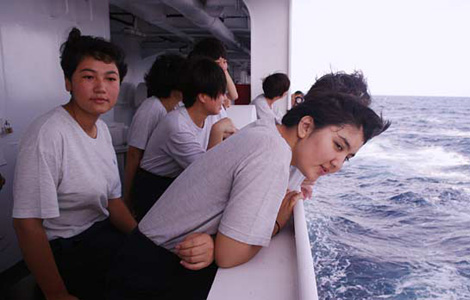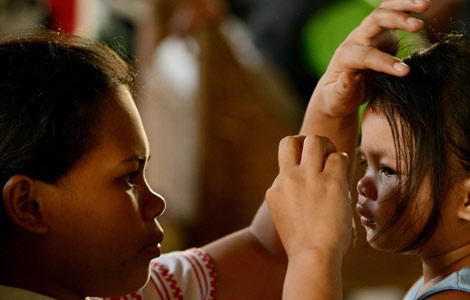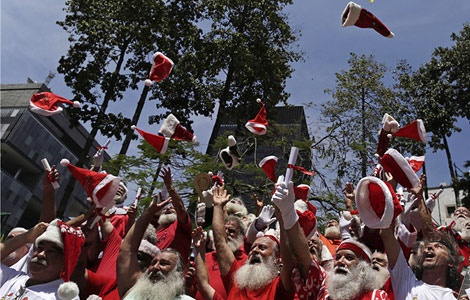US carrier starts Philippine storm relief
Updated: 2013-11-15 00:07
(Agencies)
|
||||||||
![A Philippine Navy patrol boat sails past the U.S. Navy aircraft carrier George Washington (C) docked after its arrival at a Manila bay in this October 24, 2012 file photo. [Photo/Agencies] US carrier starts Philippine storm relief](../../attachement/jpg/site1/20131114/180373dafaf213ef369732.jpg) |
|
A Philippine Navy patrol boat sails past the U.S. Navy aircraft carrier George Washington (C) docked after its arrival at a Manila bay in this October 24, 2012 file photo. [Photo/Agencies] |
TACLOBAN, Philippines - A US aircraft carrier "strike group" started unloading food and water to the typhoon-ravaged central Philippines on Thursday, as President Benigno Aquino faced mounting pressure to speed up the distribution of supplies.
While relief efforts picked up, local authorities began burying the dead - an important, if grim, milestone for a city shredded by one of the world's most powerful typhoons and the tsunami-like wall of seawater believed to have killed thousands.
"There are still bodies on the road," said Alfred Romualdez, mayor of Tacloban, a city of 220,000 people reduced to rubble in worst-hit Leyte province. "It's scary. There is a request from a community to come and collect bodies. They say it's five or 10. When we get there, it's 40."
Many petrol station owners whose businesses were spared have refused to reopen, leaving little fuel for trucks needed to move supplies and medical teams around the devastated areas nearly a week after Typhoon Haiyan struck.
"The choice is to use the same truck either to distribute food or collect bodies," Romualdez added.
The nuclear-powered USS George Washington aircraft carrier and accompanying ships arrived off wind-swept eastern Samar province, carrying 5,000 crew and more than 80 aircraft, after what strike force commander Rear Admiral Mark Montgomery called a "high-speed transit" from Hong Kong.
It is moored near where US General Douglas MacArthur's force of 174,000 men landed on October 20, 1944, in one of the biggest allied victories of World War Two.
"Operation Damayan" started with the George Washington and two cruisers taking up position off Samar to assess damage and provide logistical and emergency support such as fresh water.
Ships carried 11 pallets ashore - eight containing 1,920 gallons of water and three containing food - at Tacloban airfield. Several pallets of water were taken to Guiuan, home to home to 45,000 people, which was also badly hit by the storm.
The carrier moved some fixed-wing aircraft ashore to make more room for the helicopters on the flight deck.
"One of the best capabilities the strike group brings is our 21 helicopters," Montgomery said in a statement. "These helicopters represent a good deal of lift to move emergency supplies around."
Britain also said it would send a helicopter carrier, HMS Illustrious, to help in the relief effort. Japan was also planning to send up to 1,000 troops as well as naval vessels and aircraft, in what could be Tokyo's biggest postwar military deployment.
Outside Taclaban, burials began for about 300 bodies in a mass grave on Thursday. A larger grave will be dug for 1,000, city administrator Tecson John Lim told Reuters.
The city government remains paralysed, with an average of just 70 workers compared to 2,500 normally, he added. Many were killed, injured, lost family or were simply too overcome with grief to work.
The government was distributing 50,000 "food packs" containing 6 kg (13 lb) of rice and canned goods each day, but that covers just 3 percent of the 1.73 million families affected by the typhoon.
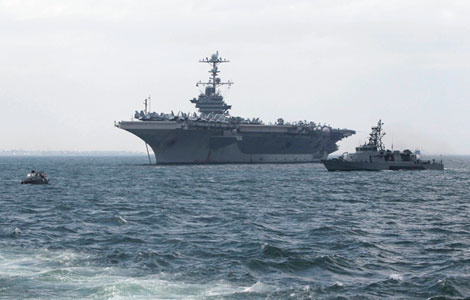
 US carrier starts Philippine storm relief
US carrier starts Philippine storm relief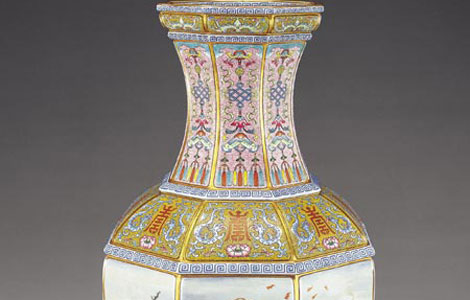
 Treasures under the hammer
Treasures under the hammer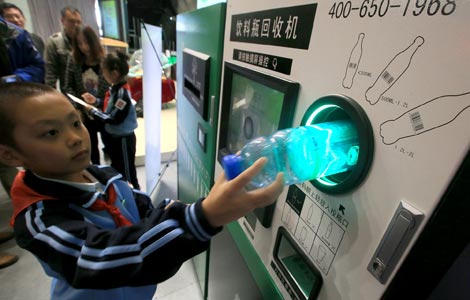
 'Reverse' vending machine sells idea of recycling
'Reverse' vending machine sells idea of recycling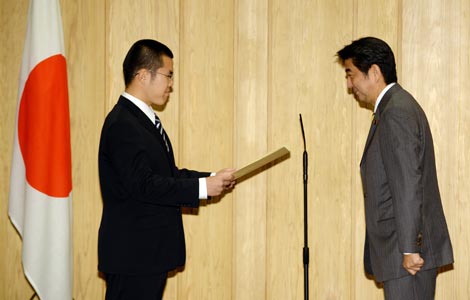
 Heroic act helps thaw icy ties
Heroic act helps thaw icy ties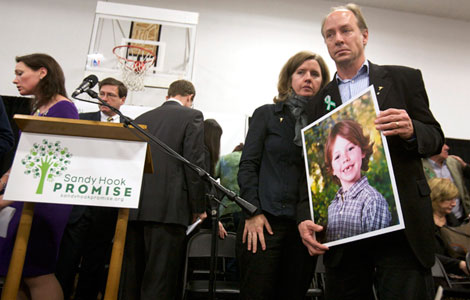
 Newtown families mark anniversary with a plea for parents to unite
Newtown families mark anniversary with a plea for parents to unite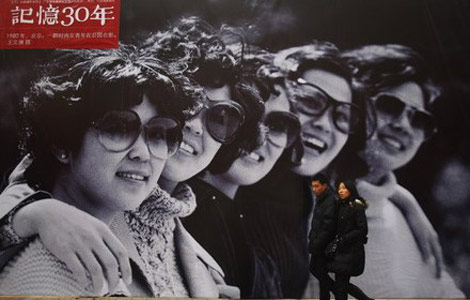
 China's changing fashion since 1978
China's changing fashion since 1978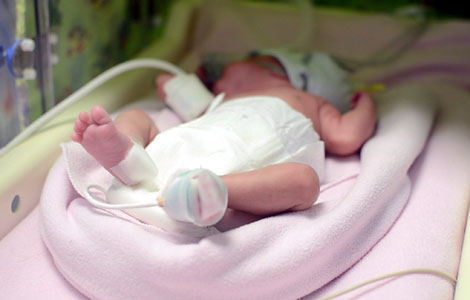
 Healthy baby born to brain-dead mom in Hungary
Healthy baby born to brain-dead mom in Hungary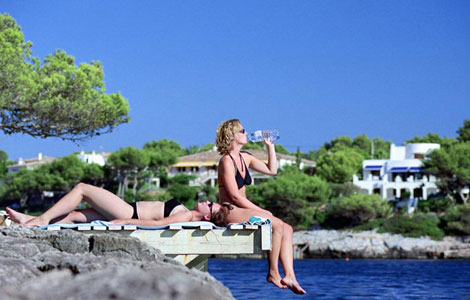
 Top 10 romantic places to meet your Miss Right
Top 10 romantic places to meet your Miss Right
Most Viewed
Editor's Picks

|

|

|

|
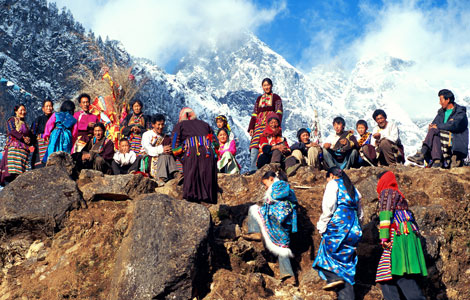
|
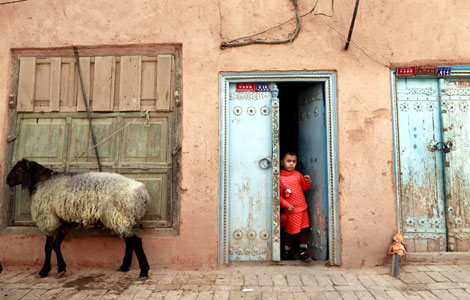
|
Today's Top News
US treasury chief 'to seek commitment on market'
Newtown families mark anniversary
Green chance offered to investors
Broader access 'key' in EU talks
Over 95% of student visas to the US passed in Shanghai
Anti-graft body to issue guideline
SAT alternative makes bid for Chinese takers
GM international office moves to Singapore
US Weekly

|

|

